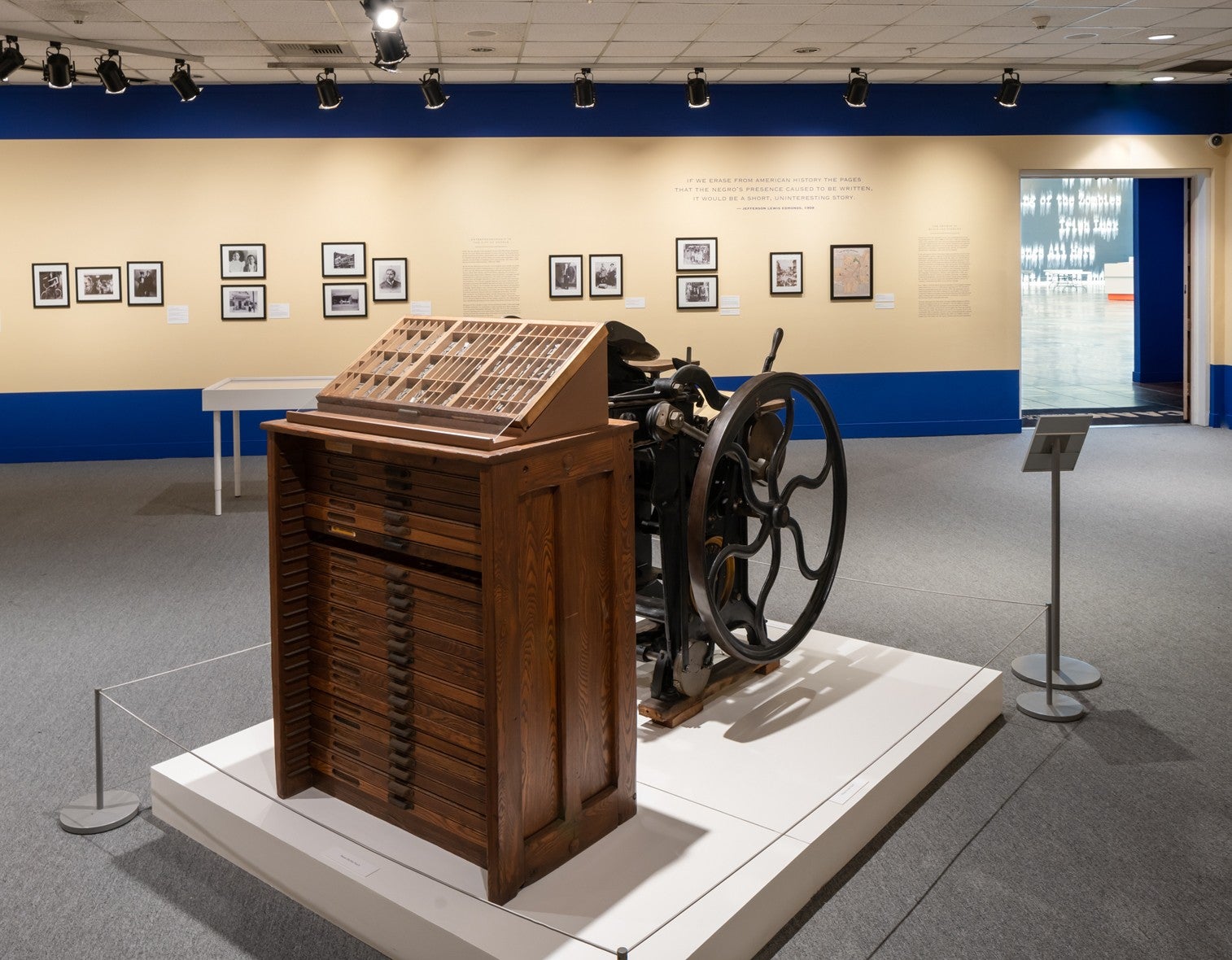For 14 years, Jefferson Lewis Edmonds helmed one of the first black newspapers in Los Angeles. Introduced in 1900, the Liberator touted the importance of black ownership, challenged political candidates to prioritize the needs of their black constituency and implored other black aspirants to defy the status quo. With limited options for early black Angelenos prior to its existence, the Liberator was revolutionary in its unapologetic push and promotion of the advancement of the black race. And now, over a century since its debut, the Liberator has been given new life by creative producer and historian Arianne Edmonds, Jefferson’s great-great-granddaughter.
Suggested Reading
The Liberator, inspired by William Lloyd Garrison’s newspaper of the same name, served as a mechanism to not only inspire and inform its audience, but to hold America accountable. In capturing the full breadth of black life in post-Reconstruction era Los Angeles—from heroic feats, to profiles on early black settlers like Biddy Mason, to news, politics, real estate, and other interests—it sowed seeds that would eventually yield successors like the Los Angeles Sentinel, Ebony, and even The Root.
“He treated his paper like it was a true network,” Edmonds told The Root. “And people got to come in and bring their slice of life in the work that they’re doing so that we could all highlight and kind of uplift together.”
Yet despite its profound impact, Edmonds grew up hearing very little about Jefferson or the Liberator due to her father’s side of her family being estranged. It wasn’t until ten years ago, as she feverishly searched for an essay topic for her grad school application, that she recalled a family photo from 1904 that her grandfather had shown her as a child.
“I feel like in every generation there’s someone in the family that’s chosen to collect everything,” Edmonds said. “And I think that there are people that may support that person, but there’s always like one person that’s normally selected by the ancestors.”
After binging on books and articles about Jefferson at the Culver City Library, an enthusiastic Edmonds relayed to her father, Paul, everything she had learned, and eager to contribute to the cause, Paul unveiled a treasure trove of issues of the Liberator—passed down by their family—that he kept in his home office.
“I’m not a trained archivist,” Edmonds said. “But in preserving our history, it was important to me that our people were able to see themselves.”
To that end, in 2017, she and her father partnered with the Los Angeles Public Library to digitize the Liberator, making its forgotten chronicles of black citizenship available to the public for the first time in over a century. But that was just the beginning of Jefferson’s reemergence, as Edmonds is co-curating The Liberator: Chronicling Black Los Angeles, 1900–1914 at the California African American Museum in Los Angeles, an exhibit that celebrates Jefferson’s efforts to “denounce injustices both locally and nationally” with a collection of “rare ephemera, photographs, and artifacts that offer a unique study of the narrative of black Los Angeles,” according to CAAM’s website.
“I’ve been selected to do this story because I love Jefferson,” Edmonds said. “We’re kindred spirits. I feel like we’re really similar.”
And in founding The J.L. Edmonds Project, her goal is to educate and inspire others by exploring the early black Angeleno life and culture that Jefferson so masterfully captured. Additional programming, exhibitions, and other projects to preserve his legacy are in the works, which will also serve as an opportunity to build a rapport with the great-great-grandfather she never knew.
“The whole run of the Liberator is his thoughts, his ideas,” she said. “What he cares about, how much he loved our people, everything. It’s like I’m getting to know him.”
The Liberator: Chronicling Black Los Angeles, 1900–1914 is on display at the California African American Museum until Sept. 8.
Straight From 
Sign up for our free daily newsletter.



